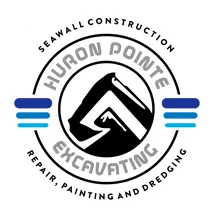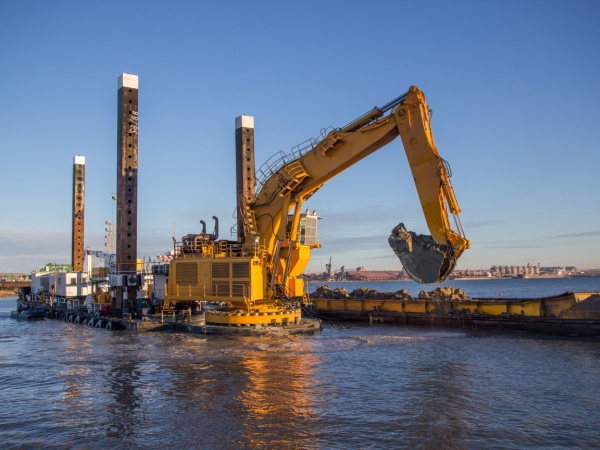Dredging plays a critical role in maintaining safe, navigable, and functional waterways along Lake St. Clair. In Grosse Pointe, where many homes sit along canals or directly on the lakefront, regular dredging is essential to restore proper water depth, enhance drainage, and protect shorelines from long-term erosion. Whether for residential access, boat traffic, or shoreline preservation, our professional dredging services ensure your waterfront stays clear, stable, and ready to enjoy.

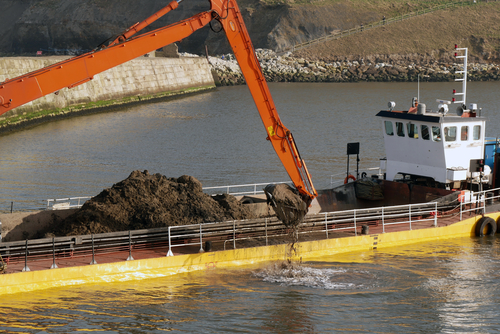
benefits of dredging
- Improved Boat Access: Maintain deep water around your dock or canal to safely launch, park, and maneuver watercraft.
- Shoreline Preservation: Prevent erosion caused by trapped sediment and poor flow.
- Flood Control: Improve drainage during storms or snowmelt.0
- Environmental Restoration: Proper dredging can remove contaminants and restore aquatic ecosystems.
- Enhanced Aesthetics: Remove decaying vegetation and accumulated sludge.
Planning & Permitting
Our dredging projects begin with bathymetric surveys to measure depth, sediment buildup, and flow patterns. We work with the Michigan Department of Environment, Great Lakes, and Energy (EGLE) and local authorities to secure all required permits and conduct environmentally responsible dredging practices.
Customized to Fit Your Needs
No two waterfronts are the same. Whether clearing a marina, residential canal, or access channel to a private dock, we tailor the scope and equipment used to meet the project’s specific depth and environmental needs. We work to minimize disruption and maximize results.
Related Services
Discover our full range of marine construction services in Grosse Pointe.
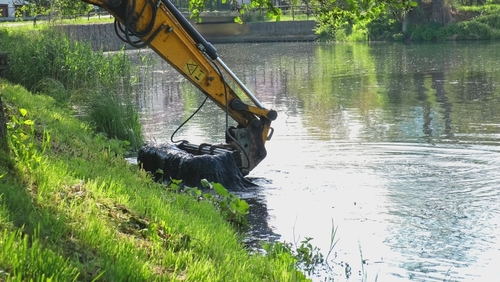
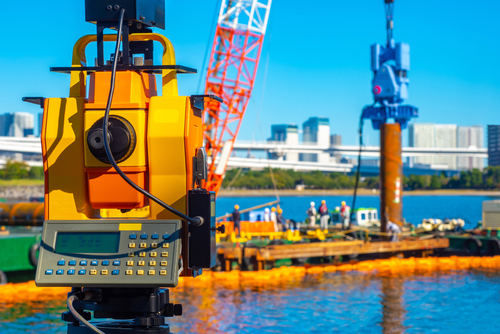
our process
- Assessment & Surveying: We evaluate sediment levels and channel conditions.
- Permit Coordination: Full compliance with state and federal regulations.
- Equipment Mobilization: Hydraulic, mechanical, or cutterhead dredging depending on the site.
- Dredge Operation: Efficient sediment removal and environmentally safe material relocation.
Contact us today to schedule a dredging assessment or request a project quote in Grosse Pointe to ensure your shoreline remains navigable and secure.
Why grosse pointe?
With a mix of private docks, yacht clubs, and public waterfront access points, dredging is essential to preserve the navigability and value of Grosse Pointe’s shoreline. Our team is experienced with sediment patterns specific to Lake St. Clair’s western edge.
Important Local Resources:
Grosse Pointe Park City Hall
15115 E Jefferson Ave, Grosse Pointe Park, MI 48230
(313) 822-6200
Grosse Pointe City – Municipal Offices
17147 Maumee Ave, Grosse Pointe, MI 48230
(313) 885-5800
Grosse Pointe Farms City Hall
90 Kerby Rd, Grosse Pointe Farms, MI 48236
(313) 885-6600
Grosse Pointe Woods City Hall
20025 Mack Plaza Dr, Grosse Pointe Woods, MI 48236
(313) 343-2400
Grosse Pointe Shores City Hall
795 Lake Shore Rd, Grosse Pointe Shores, MI 48236
(313) 881-6565
Grosse Pointe Public Library – Central Branch
10 Kercheval Ave, Grosse Pointe Farms, MI 48236
(313) 640-4775
Grosse Pointe Public Schools – Administrative Offices
389 St. Clair Ave, Grosse Pointe, MI 48230
(313) 432-3000
Public Safety Departments
Varies by city. Contact your local city hall for the correct department and phone number.
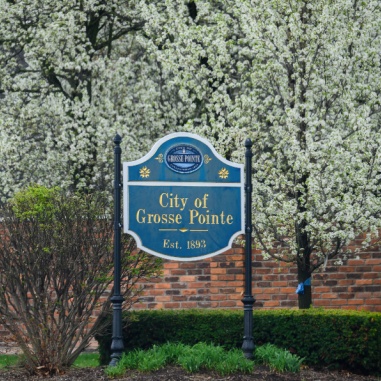
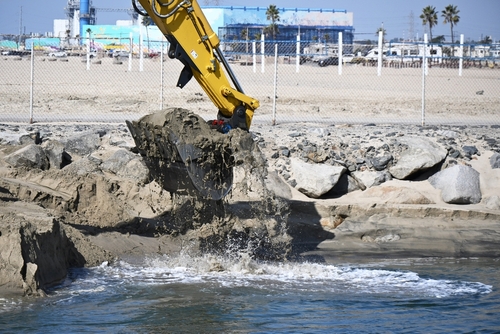
FAQ
Q: Do I need a permit to dredge in grosse pointe?
A: Yes. EGLE and city permits are required to legally dredge and relocate sediment.
Q: what kind of dredging is used?
A: We use hydraulic or mechanical dredging depending on the site and environmental impact.
Q: where does the sentiment go?
A: It’s tested and either reused on-site or hauled to an approved disposal site.
Q: how often should dredging be done?
A: Every 5–10 years depending on water traffic, sediment load, and site conditions.
